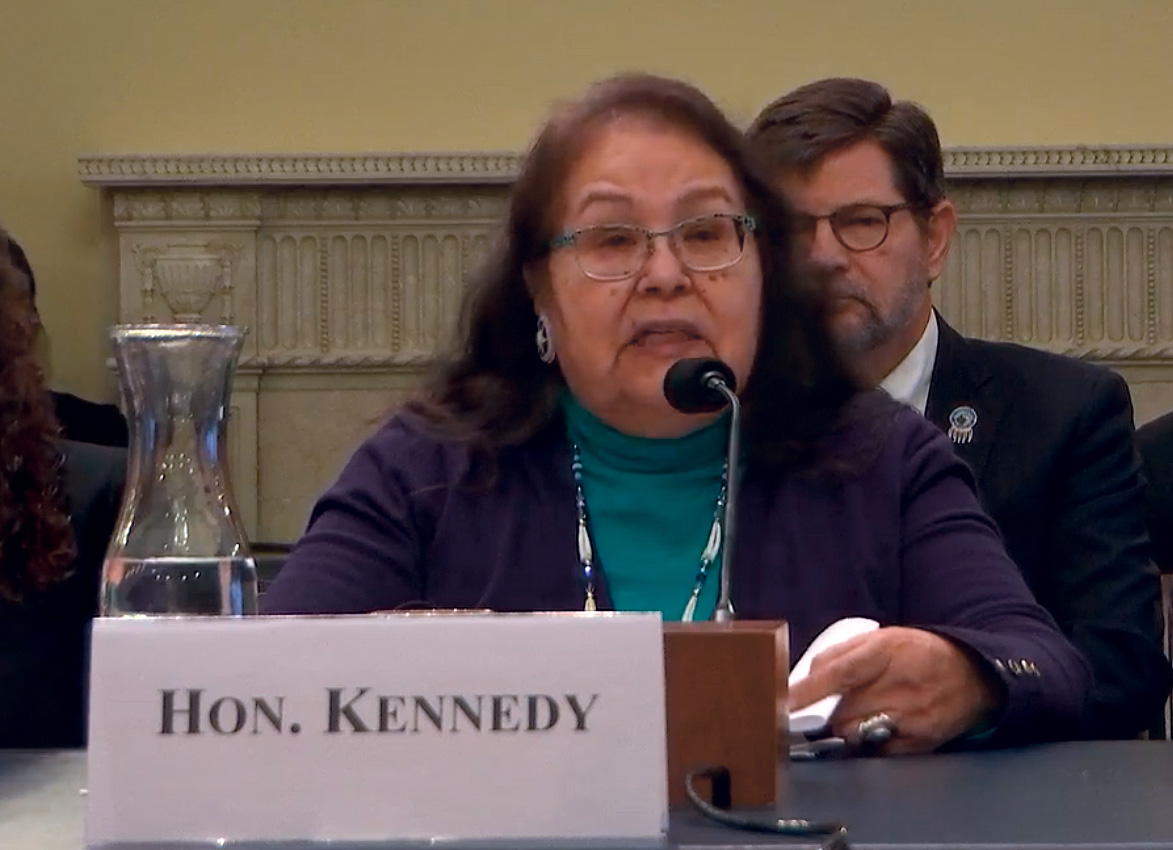Culture
Yesteryears - Feb. 15, 2025

2020 – Tribal Council Chairwoman Cheryle A. Kennedy testified before the Congressional Subcommittee for Indigenous Peoples, seeking to correct a mistake written into the Grand Ronde Reservation Act in 1994. The error was intended to correct the exclusion of 84 acres of land that became known as the Thompson Strip, from the Tribe’s reservation. However, the Department of the Interior “developed broad language that relinquished any future claims of this type within the state of Oregon” by the Grand Ronde Tribe, Kennedy told the committee.
2015 – The Grand Ronde Health & Wellness Center launched its patient portal, an encrypted website giving patients 24-hour access to their medical records, as well as a way to correspond with their provider team. Tribal Clinical Applications Coordinator Darin Riggs said that in the future, patients would be able to request prescription refills and receive appointment reminders through the website.
2010 – Numerous Tribal members and Tribal Council members attended the second annual Gathering of Oregon’s First Nations Powwow in Salem. The powwow included cultural demonstrations and vendors, as well as dancing and drumming. Grand Ronde Public Affairs Director Siobhan Taylor said that part of the message of the powwow was that “Native people were here before Oregon, that they continue to be here as Tribal governments, and that they have a definite economic and political clout in their communities. Native power is a force to be reckoned with and it’s a good thing for Oregon.”
2005 – The Tribal Council traveled to Portland for its February General Council meeting to meet with Tribal membership living in the area. Nearly 130 people attended and many expressed their appreciation to the council for making the trip. Others, however, expressed frustration over different issues.
2000 – Tribal leaders and employees of the Willamette National Forest signed a memorandum of understanding, agreeing that the state would seek the Tribe’s input and consultation on forest management practices. It said that the Tribal Council, Cultural Resource Protection Staff and perhaps Elders might be asked to provide recommendations regarding culturally significant sites, public usage and the naming of certain areas.
1995 – No edition available
1990 – No edition available
1985 – No edition available
Yesteryears is a look back at Tribal history in five-year increments through the pages of Smoke Signals.
